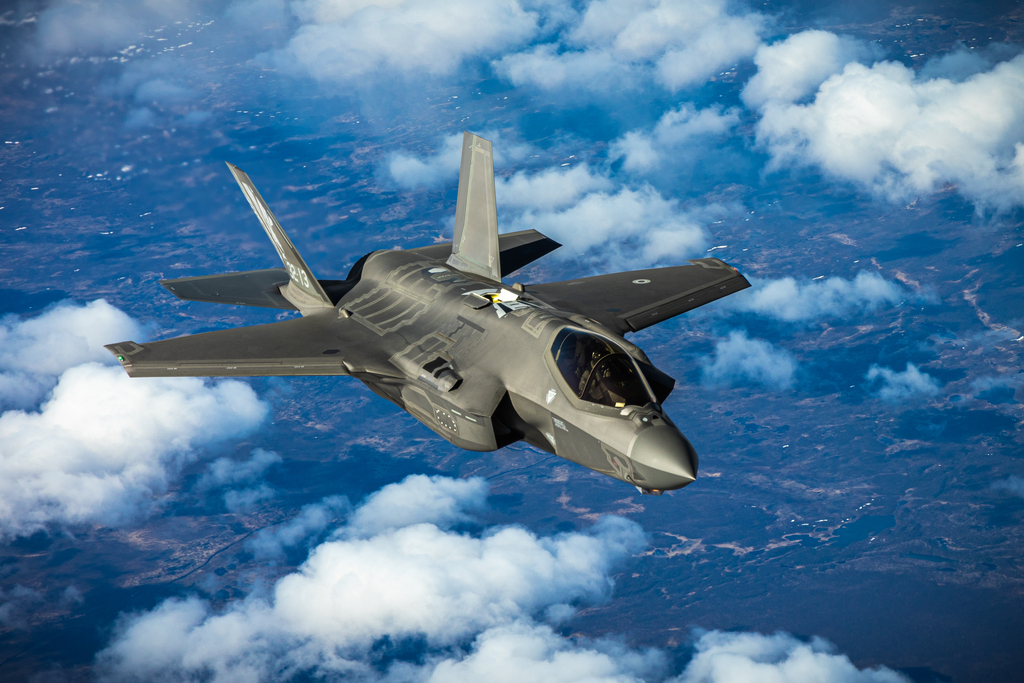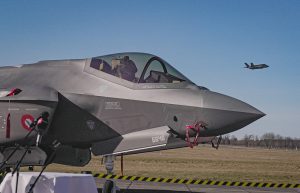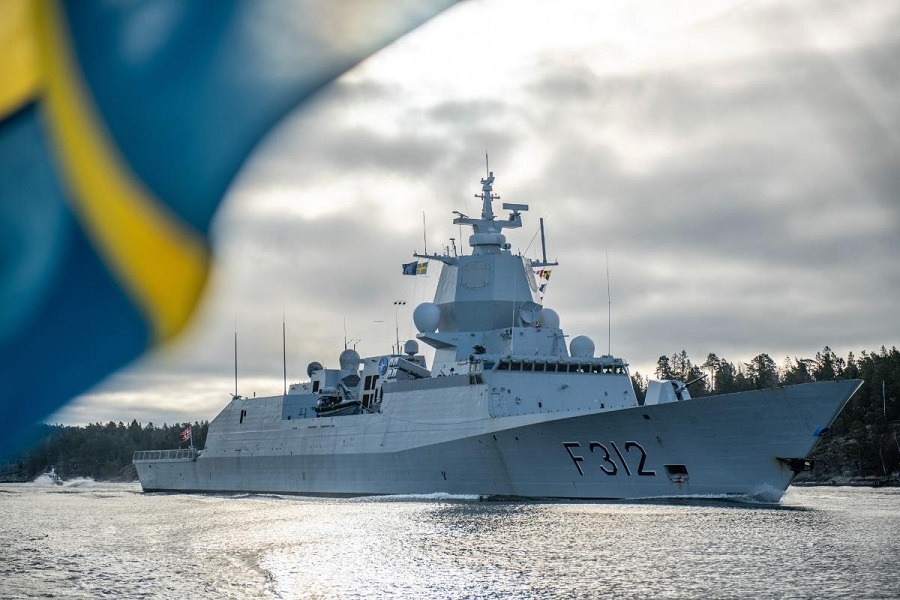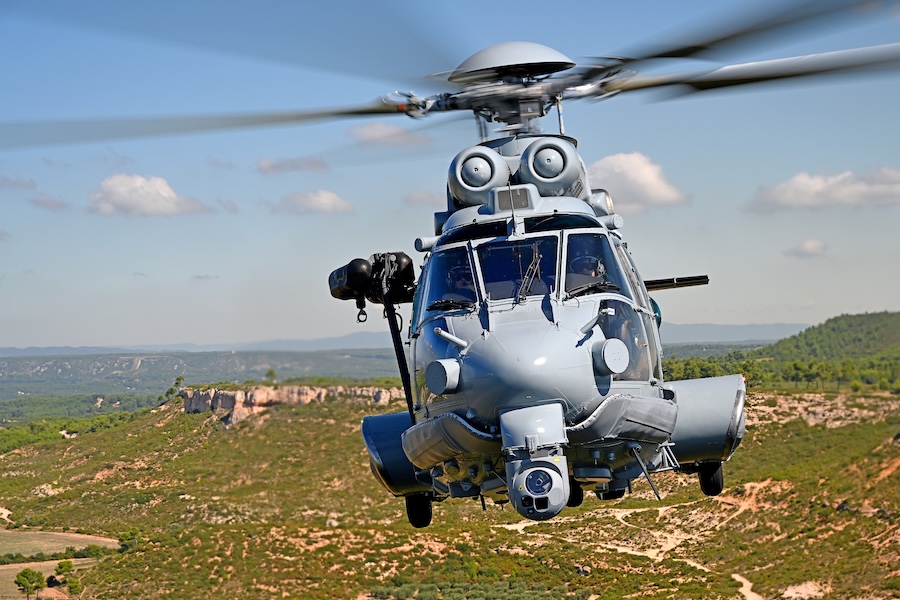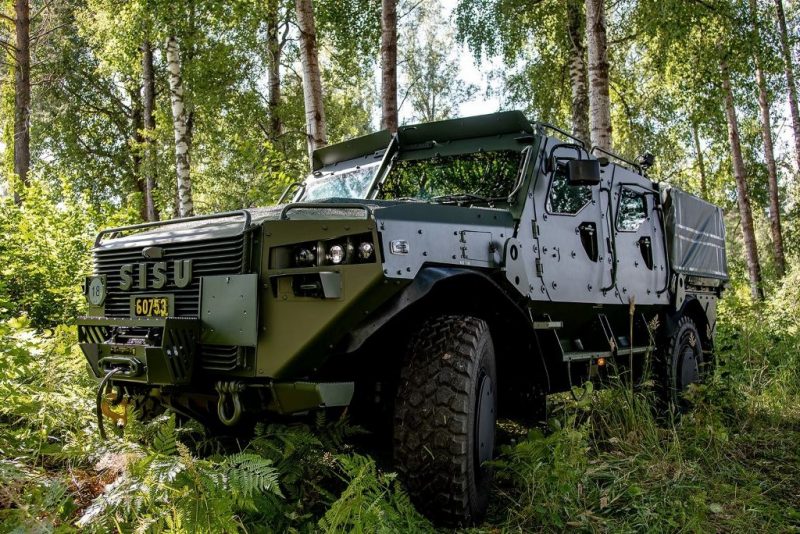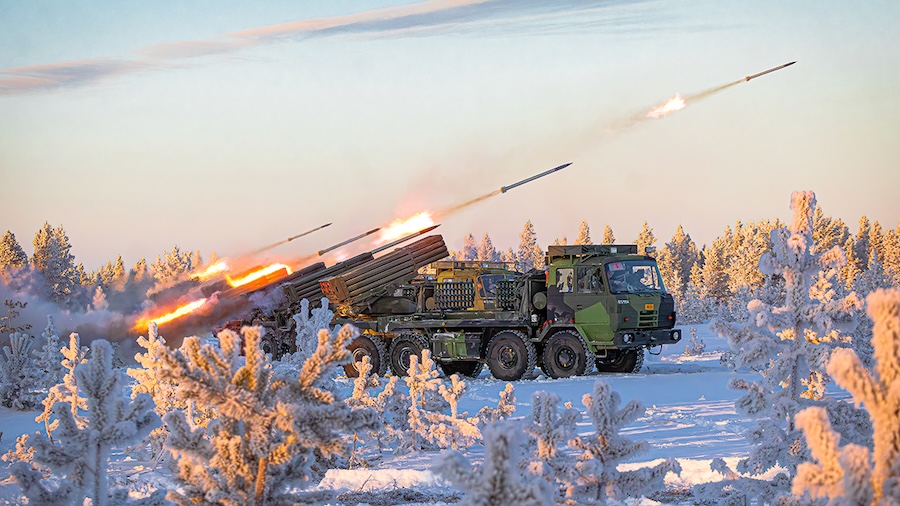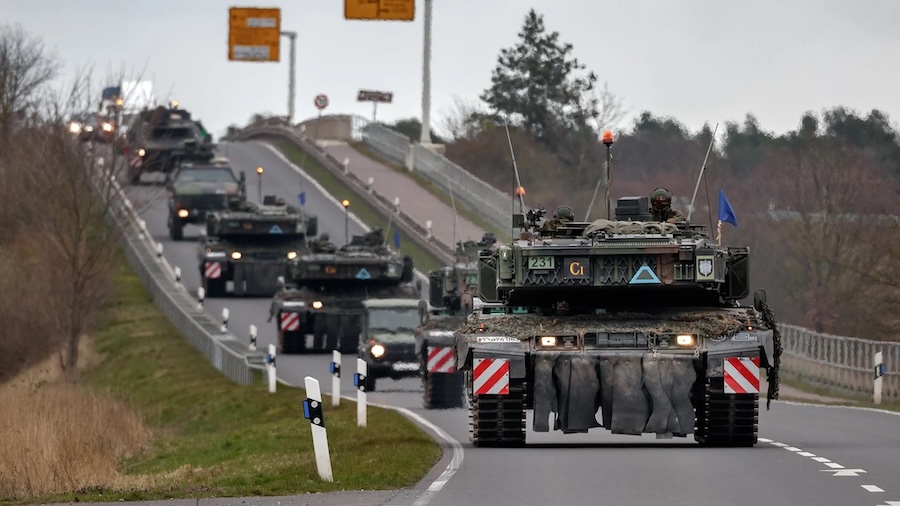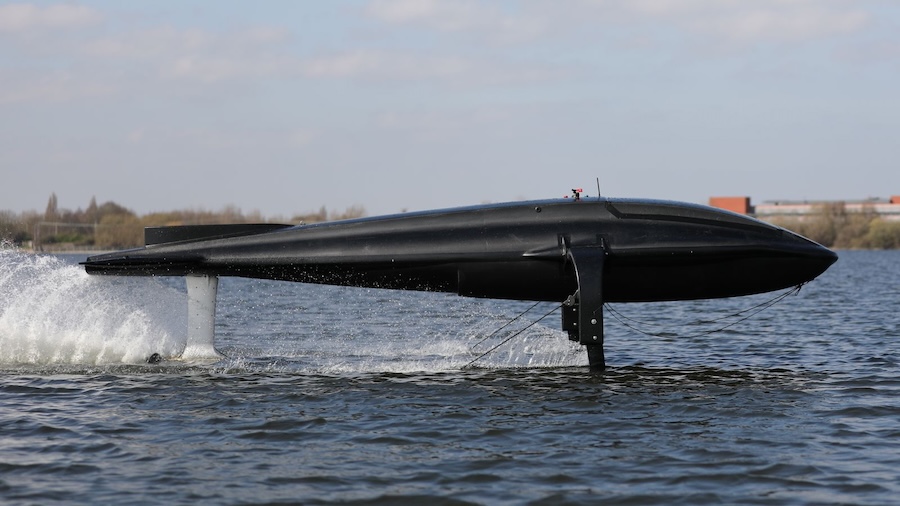For an alliance built on cooperation, NATO airpower often seems like a competition. With a dozen types of combat jets, from cutting-edge stealth fighters to old Soviet designs, the alliance has lacked a standard combat aircraft.
If any weapon had a chance to be called “NATO’s jet,” it was the F-35. Following Russia’s all-out invasion of Ukraine in 2022, the stream of orders became a torrent. The list of nations who have bought the Lightning II reads like a map of Europe: Belgium, Canada, the Czech Republic, Denmark, Finland, Germany, Greece, Italy, the Netherlands, Norway, Poland, Romania, Switzerland, the UK and the US.
Portugal also favored the F-35 to replace its F-16s. Add in non-NATO Switzerland — which wants to order 36 jets to replace its aging F-18s — and the F-35 has a claim to be called “Europe’s jet.”
Is there a problem? There certainly is. A welter of US statements (and tariffs) suggesting that the continent is no longer seen as a friend is taking its toll. Portugal and Canada are reconsidering their decisions to buy the fifth-generation stealth fighter. A key Danish legislator says he regrets supporting his country’s purchase of the F-35, and warns that his country “must avoid American weapons if at all possible.” British trade unions are demanding that the Royal Air Force buy fourth-generation Eurofighter Typhoons instead of F-35s.
European trade unions aren’t the best judge of weaponry, wherever it’s manufactured, but there are plausible reasons for Europe to feel some degree of buyer’s remorse.
Take the US administration’s pledge to annex Greenland from Denmark, even refusing to rule out using military force to seize territory from a fellow NATO ally. There is profound anger over the value destruction caused by newly imposed tariffs. And there are rumors — denied by American and European officials, as well as the aircraft manufacturer, Lockheed Martin — that the F-35 has a “kill switch” that enables the US to deactivate the jet remotely. Persistent development and manufacturing problems have hampered the aircraft’s capabilities and driven up the cost.
This is only an excerpt from the article. You can read the full version on the CEPA website.



